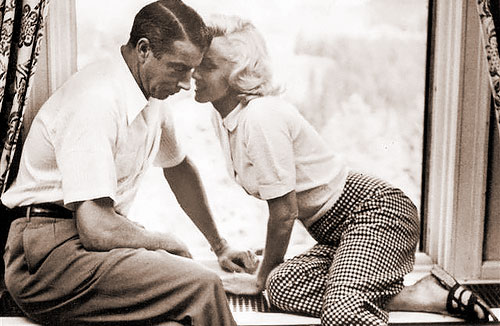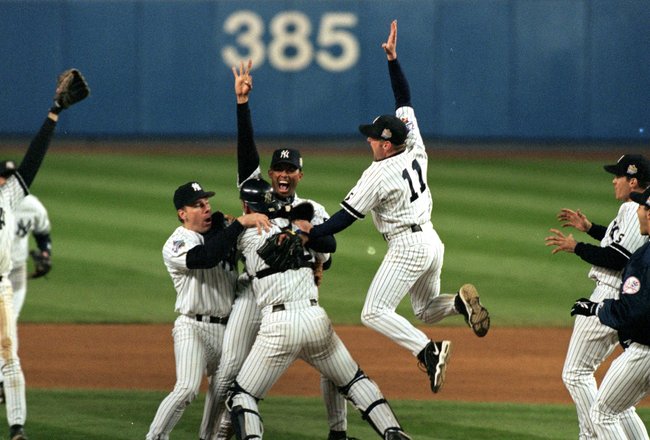One of the ideas that came out of a recent brainstorming session among all of the TGP writers was to give readers an insight into what is available for fans at Yankee Stadium BESIDES the product on the field and the actual games. So we introduce to you a new series that will provide The Yankee Stadium Experience from the eyes of the TGP writers. A new article should be posted every Sunday night, so I hope you enjoy--especially those of you that have never been to The New Yankee Stadium.
PART ONE: Monument Park
 |
| A picture of the Original Monument Park taken on July 4, 2008 from the 1st Base side. |
There aren't many stadiums in the world for any sport that have the history of Yankee Stadium. Sure, purists might say that the current stadium isn't the REAL stadium, but I digress. Part of that history is of course the great players that have pitched, thrown, batted, and caught balls within its hallowed walls. The old Yankee Stadium gave incoming teams chills as they could swear the ghosts of Ruth, Gehrig, DiMaggio, and Mantle still roamed the field. But the Stadium itself, even with the ghosts, was not the best facility for the fan experience. On August 16, 2006, the 58th anniversary of Babe Ruth's death, ground broke for the New Yankee Stadium. (not that it matters but I would turn 27 the next day...and hey the Yankees have won 27 World Series...just saying) One of the things that the Yankees brass was adamant about was to maintain as much of the original "feel" of the stadium as possible. The famous lattice-work known as frieze, dirt from the original field, and of course Monument Park would be included in that original "feel" and would be transported over to the new ballpark.
To understand why Monument Park is such a great fan experience, you must know a little bit about the history. The original monument was one erected for Miller Huggins after his sudden death in 1929. The players at the time placed a free-standing monument in front of the flagpole, which was in the field of play, approximately 460 feet from home plate with the center field wall being at 500 feet. Upon Babe Ruth and Lou Gehrig's deaths additional plaques were mounted in red granite and placed next to Huggins, but by this time the centerfield wall was moved to 461 feet from home plate. A picture of the original 3 monuments is shown below.
 |
| The Original 3 Monuments in Center Field - compliments of Wikipedia |
 |
| View of the Retired Numbers from 1939 to 1993 in the Old Yankee Stadium |
 |
| View of the New Monument Park from the "Cheap" Seats |
As you slowly shuffle by each plaque, take careful time to reflect on what you are witnessing. This is not only Yankees history, but Yankees Immortality. Plaques and monuments displayed represent LEGENDS that your grandfather and father spoke of in awe. Rarely will you hear a word spoken over a whisper as if you are attending a loved one's wake.
Since the original park was opened to the public in 1985 a short distance across the street where a soccer field, track, and youth baseball fields now reside, several plaques and numbers have been added. The plaques include ones for Billy Martin, Lefty Gomez, Whitey Ford, Bill Dickey, Yogi Berra, Allie Reynolds, Don Mattingly, Mel Allen, Bob Sheppard, Reggie Jackson, Ron Guidry, Red Ruffing, Jackie Robinson, and George Steinbrenner. Other plaques are displayed honoring the 3 popes that visited Yankee Stadium and for September 11, 2001. The numbers added since 1985 include Martin (#1), Jackson (#44), Mattingly (#23), Guidry (#49), Robinson (#42), and Rivera (#42--just this year).
So the next time (or first time) you get to the New Yankee Stadium, make sure to get there early so you can partake in a piece of history, or at least view it. Cooperstown is where you go to see Baseball History, but Monument Park is arguably the next best thing if you can't make it there. Maybe I am just jaded that Don Mattingly isn't in the Hall (yet), but I personally revere Monument Park a little more than the Baseball Hall of Fame. I have included a few more photos below of the last time I visited the park.
















